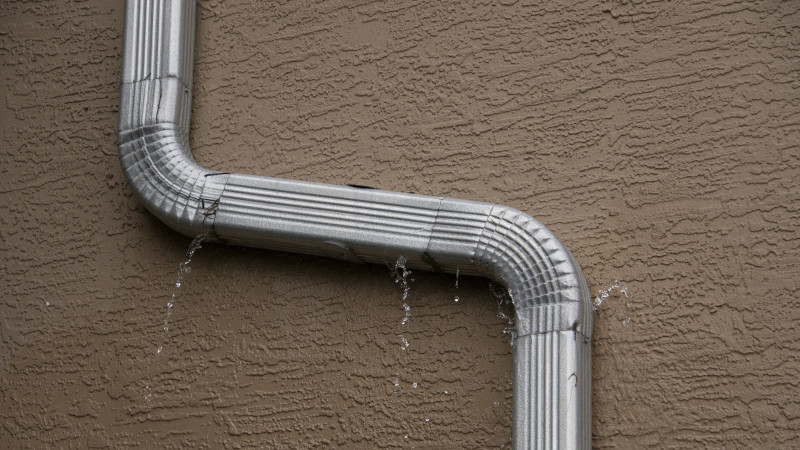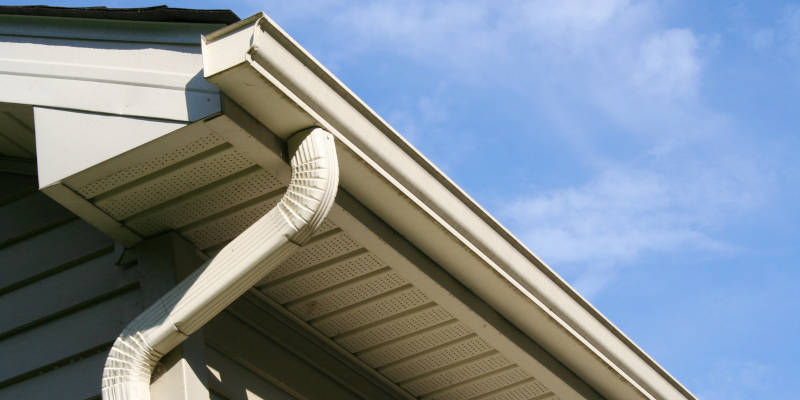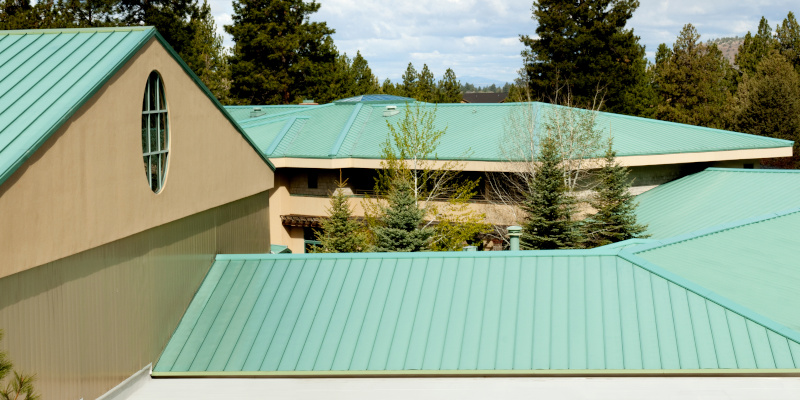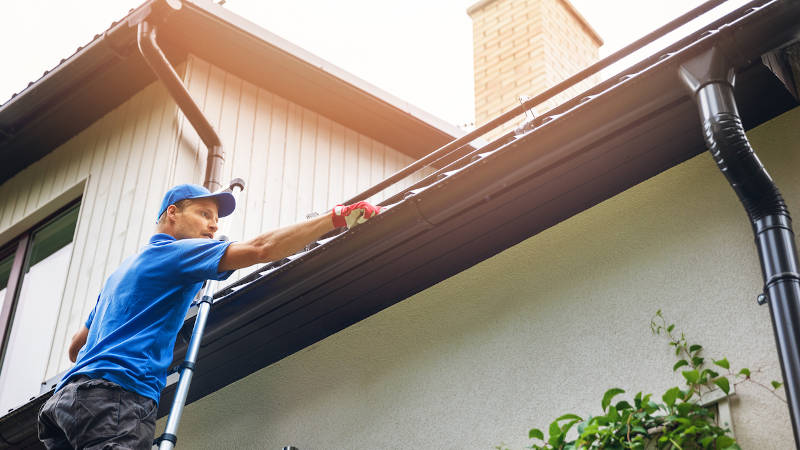A Quick History of Eavestroughs

So long as rain has fallen on human construction, so too have eavestroughs existed. While the idea of gutters was invented thousands of years ago, the design has not changed very much leading into our modern day. The basic shapes and designs of them have stayed the same, but the efficiency and materials used have improved as improvements in technology have changed throughout history.
The first known gutters were found within the Harappan civilization and were made of brick or other similar materials. They were used to link drains. This was in modern day Pakistan and was around 5000 years ago. The next well-known instance of eavestroughs was during the Roman Empire. They used eavestroughs to prevent flooding by routing the water away from the center and into gutters. These roads were made from various layers of stone, and so were the eavestroughs.
Many centuries later, the industrial revolution began, and things can be mass produced like never before. This meant that metal-lined wooded eavestroughs could be put on buildings at a much lower cost. As metal working became cheaper and easier, eavestroughs began to be made entirely out of thinner metal. Cast iron eavestroughs allowed building to have much more seamless integration of water run-off systems into their styling.
As metal machining continued to improve, we are led into our modern society of aluminum and steel eavestroughs. Aluminum can be easily machined into thin and seamless eavestroughs that are incredibly strong, durable, and lightweight.
Eavestroughs have come a long way in terms of material usage and implementation, but they are fundamentally the same as they were 5000 years ago.






